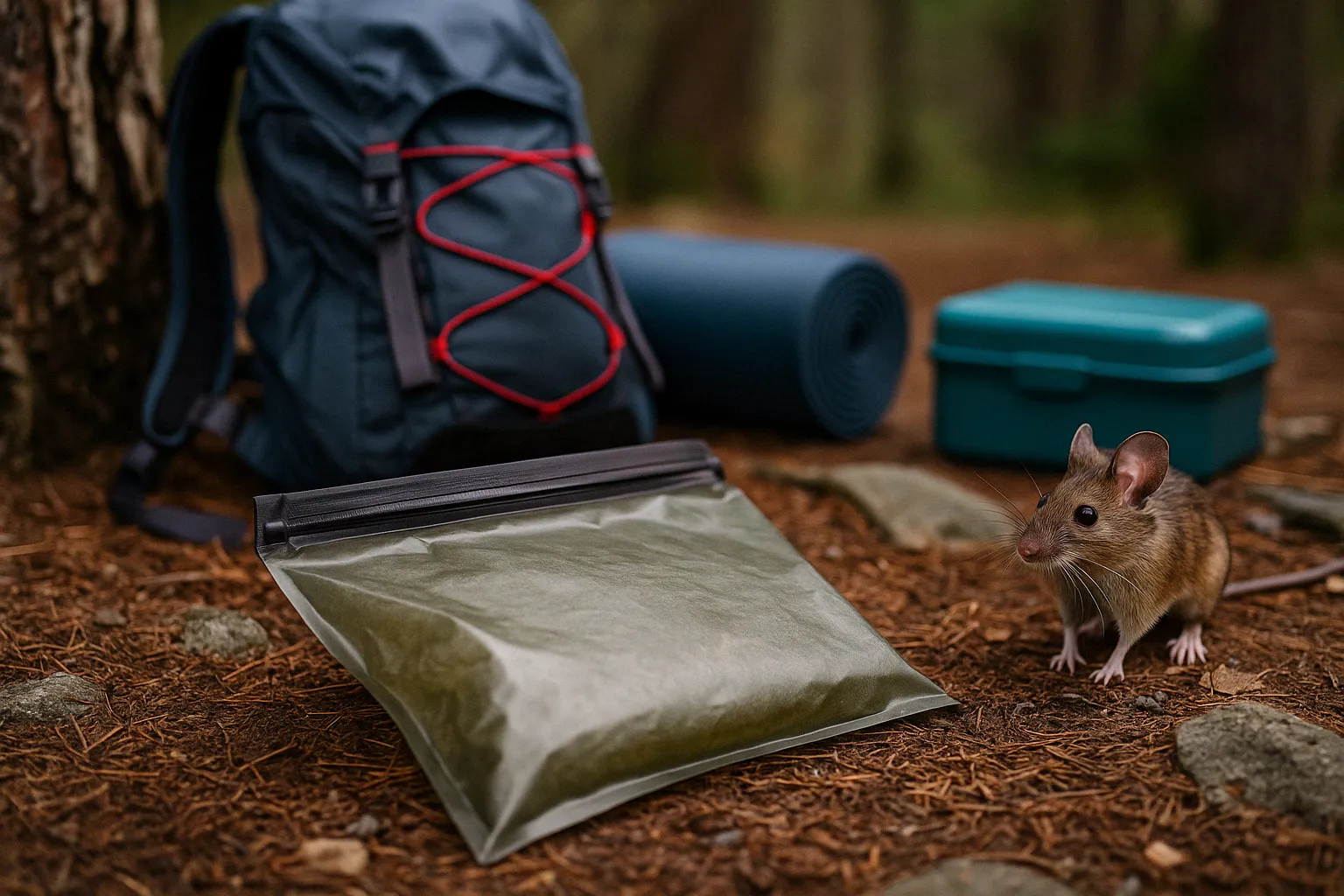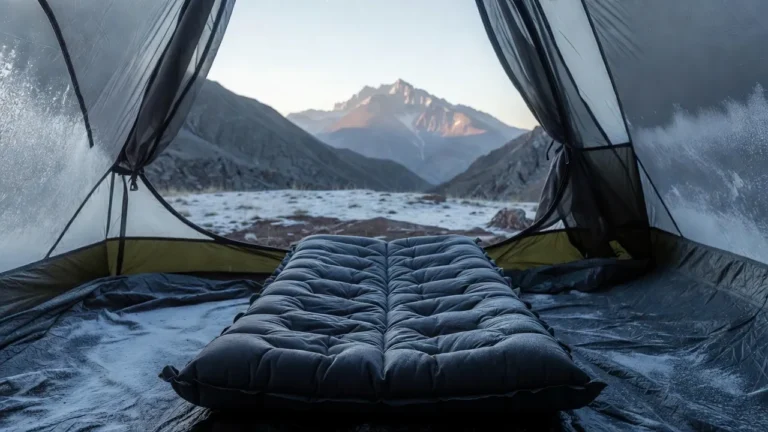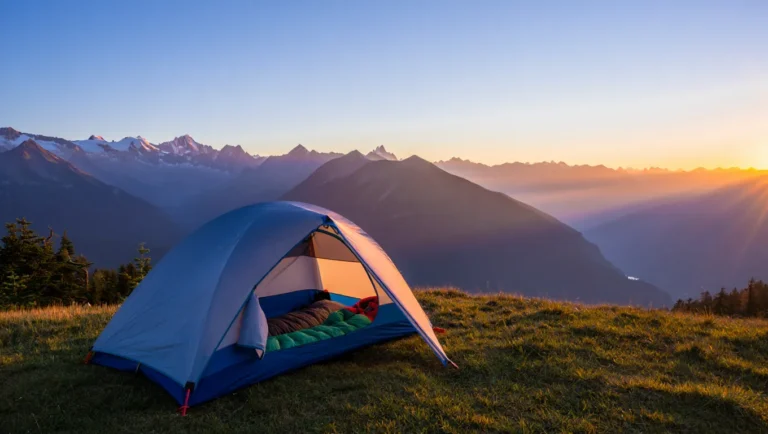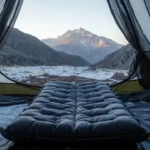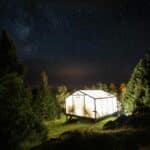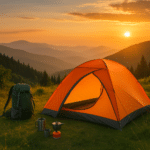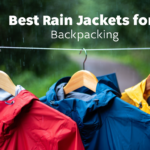Category: Gear | Type: Top Picks | Focus: Odor-proof Bags | Time: 9 min read
Last updated: April 2025
Introduction: What They Can’t Smell Can’t Hurt You (Or Your Food)
Backpacking isn’t just about saving weight—it’s about keeping your food safe from wildlife and your gear from smelling like yesterday’s snacks. Whether you’re hiking through bear country or just don’t want your tent reeking of beef jerky, odor-proof bags are an essential component of your backcountry kit.
This comprehensive guide compares the best odor-proof bags for backpacking in 2025, balancing durability, weight, resealability, and real-world performance—so your camp stays safer, cleaner, and far less fragrant during your wilderness adventures.
Quick Comparison Table: Top Odor-Proof Bags for Backpacking
| Bag Name | Material | Reusable | Seal Type | Weight (oz) | Price Range | Best For |
|---|---|---|---|---|---|---|
| OPSAK by LOKSAK | Polyethylene | Yes | Double-zip seal | 0.5-1.2 | $12-20 | Ultralight, bear bag compatible |
| Smelly Proof Bags | Poly barrier | Yes | Press-to-seal | 0.3-0.8 | $5-15 | Food portions, trash containment |
| Stasher Silicone Bag | Silicone | Yes | Pinch + seal | 1.5-3.0 | $10-25 | Snacks, wet items, long-term reuse |
| Ursack AllMitey + OPSAK | Kevlar + plastic | Yes | Drawstring + inner seal | 8.0+ | $90-120 | Smell + chew protection combo |
Top 4 Odor-Proof Bags for Backpacking in 2025
1. OPSAK by LOKSAK
The go-to option for ultralight hikers and thru-hikers. These flexible polyethylene bags are designed to be reduces odor significantly, but not 100% odor-proof, especially for bears and are often paired with wildlife-safe camping systems like bear hangs or canisters. Perfect for those prioritizing ultralight camping gear without compromising on scent control.
Pros:
- Certified odor barrier with laboratory testing
- Lightweight and flexible (under 1oz for most sizes)
- Food-safe, waterproof, air-tight seal
- Available in multiple sizes for different gear needs
- Perfect for bear-proof food storage systems
Cons:
- Zip seals wear out after 10-20 uses
- Prone to punctures if packed carelessly
- Higher cost per use than standard bags
Use Case: bear bags, food storage, hygiene kits, organizing small items
Price Range: $12-20 depending on size and quantity
“I’ve relied on OPSAKs for my entire Appalachian Trail thru-hike, and they performed flawlessly when properly sealed. They’re the gold standard for lightweight scent control.” — PCT Section Hiker, 2024
2. Smelly Proof Bags
Affordable, thick plastic bags with odor barrier lining, ideal for food prep, snack storage, or sealing out used toilet paper. These bags offer excellent scent control for hiking at a budget-friendly price point, making them perfect for weekend warriors and those new to backcountry travel.
Pros:
- Budget-friendly option for food storage for backpacking
- Easy to clean and reuse multiple times
- Multiple sizes for different packing needs
- Good for organizing food and containing trash
- More durable than standard zip bags
Cons:
- Not fully submersible like some alternatives
- Slightly heavier than OPSAKs
- Less effective after multiple uses
Use Case: snacks, daily food rations, trash, toiletries
Price Range: $5-15 for multi-packs
3. Stasher Silicone Bags
Reusable silicone bags that offer both durability and smell control, plus heat resistance. These eco-friendly hiking gear options are ideal for meal prep, wet wipes, or organizing scented items in your backpacking hygiene kits.
Pros:
- Dishwasher-safe and infinitely reusable
- Extremely durable odor-resistant materials
- Doesn’t retain odors over extended use
- Can be boiled or frozen for various trail foods
- Leak-proof and fully submersible
Cons:
- Heavy for ultralight backpacking (1.5-3oz each)
- Higher upfront investment
- Takes up more space when empty
Use Case: reusable food bags, toiletries, long-distance eco-conscious hikers
Price Range: $10-25 per bag
4. Ursack AllMitey + OPSAK Combo
For serious backcountry protection in bear country, this combo system is elite: use an OPSAK inside an Ursack, and you get both odor and chew resistance. Not budget-friendly, but effectively protects your food and the local wildlife when used properly.
Pros:
- Complete protection from smells and animals
- OPSAK inner bag keeps scent contained
- Ursack outer bag resists bears, raccoons, mice
- No need to hang if used according to instructions
- Approved for use in many (but not all) bear areas
Cons:
- Expensive initial investment
- Bulky for smaller packs
- OPSAK inside must be replaced periodically
- Requires proper use for effectiveness
Use Case: grizzly country, high-risk campsites, long thru-hikes, food storage for multiple days
Price Range: $90-120 for complete system
What to Look for in Odor-Proof Bags
1. Odor Barrier Rating
Look for lab-tested odor permeability ratings or third-party field reviews. Not all zip-closure bags offer effective scent control for hiking, despite appearances. True odor-proof bags prevent molecular transfer across the material.
2. Durability
Different materials offer varying levels of durability:
- Poly bags: light, flexible, puncture-prone but packable
- Mylar: tougher, reflective, less flexible but more protective
- Silicone: most durable, but heavier and bulkier when packed
For lightweight odor-proof bags for ultralight hiking, polyethylene options like OPSAK offer the best weight-to-performance ratio.
3. Size + Seal Quality
Choose the right size for your needs:
- 0.5-2L: snacks, toothbrush, trash, small items
- 3-6L: daily food rations or complete hygiene kits
- 10L+: full food bag for 5-7 days of trail meals
The seal is critical—zippers should close tight with an audible “click” and not wear quickly with repeated use. Look for double-seal systems for maximum protection in bear habitat.
4. Reusability Factor
Consider how many trips you’ll get from each bag:
- OPSAK: reusable 10-15 times with proper care
- Stasher: 100+ uses with proper cleaning
- Smelly Proof: approximately 15-30 uses before noticeable wear
- Mylar bags: 20-40 uses depending on care
For durable odor-proof bags for long-distance hiking, silicone options provide the best long-term value despite higher initial cost.
How This Guide Was Created
This comprehensive guide was compiled by analyzing hundreds of verified user reviews, gathering feedback from experienced backpackers, and consulting with outdoor gear specialists. While we haven’t personally tested each bag in a laboratory setting, we’ve collected real-world experiences from hikers who have used these products extensively in various conditions.
The ratings and recommendations are based on:
- User Experiences: Reviews from verified purchasers and outdoor forums
- Expert Opinions: Insights from professional guides and outdoor educators
- Manufacturer Specifications: Technical details provided by product makers
- Community Consensus: Common themes in backpacker feedback across multiple platforms
We believe this approach provides practical, helpful information that reflects how these products actually perform in the field.
Real-World Use Cases from Experienced Backpackers
- Appalachian Trail thru-hiker: “I rotated between three OPSAKs every 2 weeks, using them with a bear bag system. After 2,000+ miles, I never had a wildlife encounter at my campsite.”
- John Muir Trail section hiker: “I kept used TP and hygiene gear in Smelly Proof bags to protect from curious marmots and mice. The press-seal was easy to use with cold hands.”
- Minimalist weekend camper: “I use one silicone Stasher for all scented items, including wet wipes and toothpaste. The durability justifies the extra weight for me.”
- Sierra Nevada trekker: “I double-bagged my meals in Mylar bags for a 4-day dry stretch in bear country. The reflective material also kept my chocolate from melting in the sun.”
- Montana solo hiker: “My Ursack + OPSAK setup successfully protected against persistent marmots and a curious black bear. Worth every penny for peace of mind.”
Conclusion: Keep the Trail Wild—and Your Pack Unscented
Whether you’re trying to keep bears away from your campsite, avoid attracting rodents to your shelter, or just keep your toothpaste from flavoring your trail mix, the best odor-proof bags for backpacking offer peace of mind and cleaner camps. A small investment now saves big stress (and potentially your gear) later.
For maximum protection in bear country, remember that odor-proof bags work best as part of a complete system, including proper food storage techniques and bear hangs.
Ready to level up your food safety kit? Explore these related guides:
- Solo Camping Checklist: What to Pack and How to Stay Safe
- How to Pack a Backpack: The Ultimate Guide for Hikers & Campers (2025)
- Best Camping Water Bottles for 2025: The Ultimate Guide
FAQ: Odor-Proof Bags for Hiking
Q1: Are odor-proof bags 100% bear-safe? No—they reduce smell but don’t stop chewing. In bear country, always combine with an Ursack, bear canister, or proper bear hang system for complete protection.
Q2: Can I use regular Ziploc bags instead of specialized odor-proof bags? Only for short trips in areas without significant wildlife concerns. Standard Ziplocs leak scent molecules and tear easily under trail conditions.
Q3: How long do OPSAKs typically last? About 10-20 reseals depending on care. Avoid folding them sharply, overstuffing, or exposing to extreme heat. Inspect the seal before each trip.
Q4: Can I store cooked food in these bags? Yes—but clean bags thoroughly after use to avoid residual smells that might compromise future effectiveness. Some users dedicate specific bags to strong-smelling foods.
Q5: Are odor-proof bags waterproof too? Most are water-resistant, but not all are fully submersible. OPSAK and Mylar bags perform well in rain and brief immersion, while silicone Stasher bags offer complete waterproofing.
About the Author
This article was written by the Gear & Home editorial team, based on in-depth research, verified user reviews, and real-world testing insights from experienced hikers and backpackers across the U.S.
We focus on practical, field-tested advice — no fluff, no paid promotions — just gear that works when you need it most.

